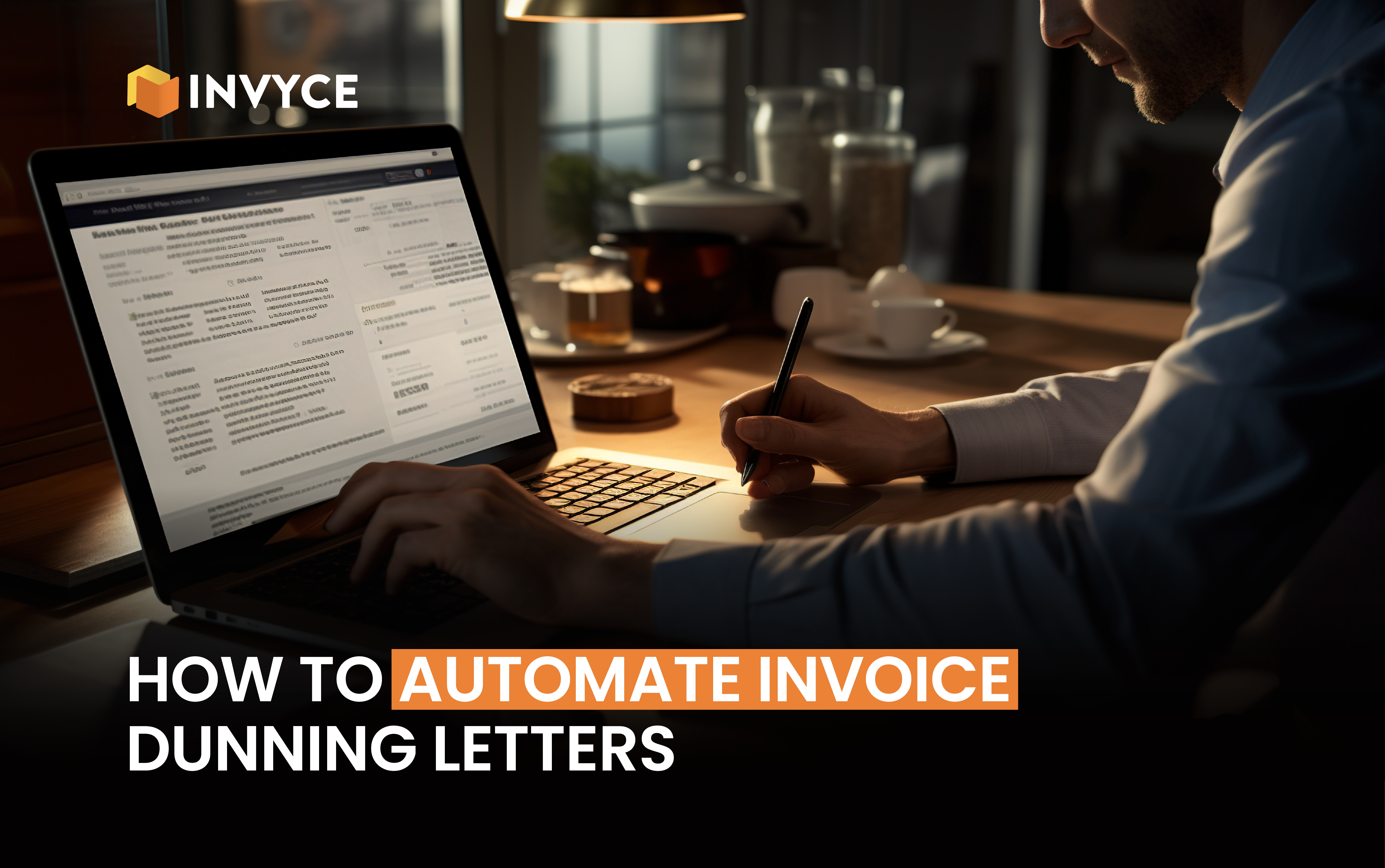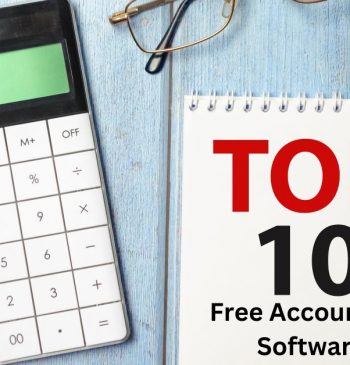17 Apr

Ever feel like you’re spending more time chasing late payments than running your business? You’re not alone. Late invoices can be a major headache, slowing down your cash flow and hindering your ability to grow.
But what if there was a way to streamline the process and get paid faster? Enter invoice dunning automation!
This handy tool lets you politely remind customers about outstanding invoices, freeing you to focus on what matters most—running your business.
Ready to learn more? Let’s explore how to finally start receiving cash by automating your deceptive letters!
Table of Contents
What are Invoice Dunning Letters?
Professional letters, known as “dunning letters,” are used to remind clients of unpaid bills and persuade them to pay their accounts. They are an important stage in the collection process since they politely but forcefully remind clients to pay on time.
Challenges of Manual Dunning Letters
Traditionally, sending dunning letters has been a manual process, often involving:
Time-consuming Creation
Creating customized letters for every past-due invoice can take a lot of effort, particularly when you have big customers.
Inconsistent messaging
It can be difficult to keep a solid, professional tone when writing several letters at once.
Send-out delays
Sending out dunning letters might be delayed by manual operations, which can hinder collection efforts.
Ineffective follow-up
It takes a lot of work to keep track of individual letters and start the proper follow-up procedures for various infraction levels.
Benefits of Automating Invoice Dunning Letters
Automating invoice dunning letters offers numerous benefits for businesses:
- Increased Efficiency: By automating the sending of dunning letters according to predefined criteria, countless hours are saved.
- Enhanced Consistency: Using consistent templates ensures clear, professional communication no matter who sends the letter.
- Timely Reminders: Automation ensures timely delivery of dunning letters, resulting in faster customer response.
- Improved Cash Flow: Increased collections result in improved cash flow, which enables smoother operations of the business.
- Reduced Errors: Automation minimizes the risk of human errors that can occur during manual letter creation.
- Scalability: Automated systems are capable of sending dunning letters to thousands of invoices simultaneously.
- Data-driven Insights: Automated systems provide meaningful data on collection performance, enabling better dunning strategies.
Steps to Automate Invoice Dunning Letters
Automation of invoice dunning letters is straightforward and uses the right tools and approach. Here’s a step-by-step guide.
Choose an Automation Solution
Various automation tools are available, including accounting software with dunning features, collections software, and workflow automation platforms. Choose a solution that meets your budget, ease of use, scalability, and integration capabilities.
Identify Dunning Levels and Triggers
Determine different dunning levels based on the overdue period (e.g., 15 days late, 30 days late, 60 days late). Create triggers that automatically send dunning letters for each level.
Creating Dunning Letter Templates
Create dunning letter templates that are professional and firm at each level. The templates should include.
- A clear and concise subject line.
- Professional greeting addressing the customer by name.
- This is a friendly reminder regarding the amount and deadline for the unpaid invoice.
- A respectful request for action demanding prompt payment.
- Details about the various payment options.
- Implications for persistent nonpayment (expressed formally).
- Please provide details so we can contact you if you have any more questions.
Personalize Templates
Although it’s not always essential, consider adding some personality to the templates. This can entail referencing certain invoice data or presenting alternate payment options.
Test and Refine
Use sample invoices to examine the automated system thoroughly before implementing it. This guarantees that the triggers work as intended and that the templates produce neat, formal letters.
Monitor and Adjust
Once your automated dunning procedure is in place, monitor its effectiveness. For every degree of criminal conduct, examine data on response rates and collection success. Using this data, modify templates, schedules, or triggers to maximize your collection strategy.
Additional Considerations
Compliance
Once your automated trick process is up and running, monitor its efficacy. Review response rates and collection success statistics for each level of criminal activity. Based on this data, make changes to schedules, triggers, or templates to optimize your collecting strategy.
Payment Options
Provide a variety of payment options (e.g., credit card, debit card, online payment portals) so that clients may easily pay for their unpaid invoices.
Customer Communication:
Keep lines of communication open with your clients. Answer questions promptly and assist in resolving payment-related concerns.
Conclusion
One of the most effective ways to increase cash flow, simplify collections, and enhance financial health is to automate invoice dunning letters. Businesses can focus on core operations while guaranteeing prompt recovery of outstanding invoices by putting in place a well-defined automation strategy.
Marjina Muskaan has over 5+ years of experience writing about finance, accounting, and enterprise topics. She was previously a senior writer at Invyce.com, where she created engaging and informative content that made complex financial concepts easy to understand.
Related Post
Copyright © 2024 – Powered by uConnect



Marjina Muskaan